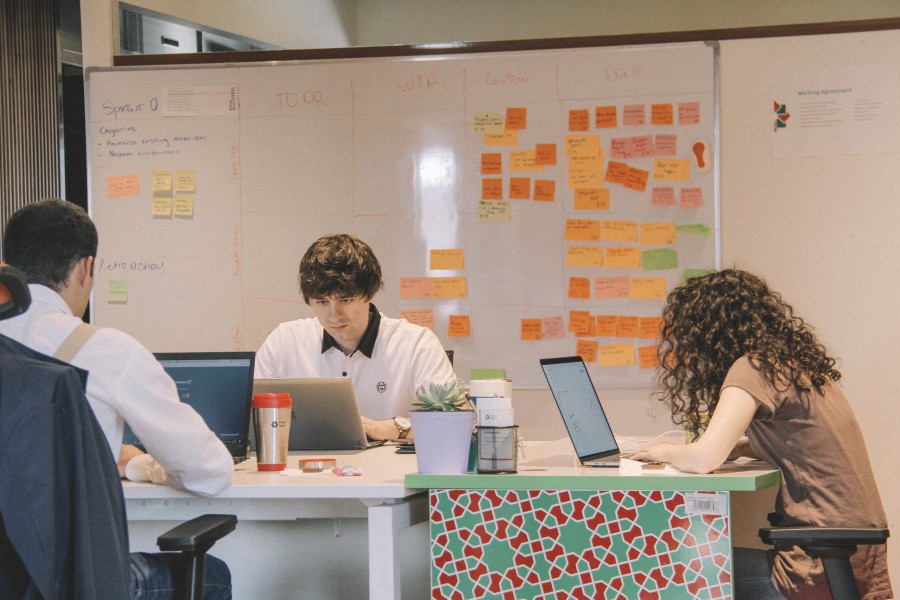Turning users feedback into roadmap velocity despite tech debt and strategy drift
One of the most common execution gaps in...

Over the past few months, I have conducted dozens of interviews with Product professionals across Asia to gain insights on their Product Development processes. My conversations have spanned across various industries, including SaaS, direct-to-consumer, and marketplaces, and have involved companies ranging from small startups struggling to find growth to large publicly listed corporations. I have talked to companies that have been around for less than 5 years and those that have been around since the beginning of the 20th century.
With such a diverse sample, I can understand if you might think that I haven’t been able to make much sense of what I’ve learned – and to be fair, I haven’t talked to enough people to truly grasp all the complexities of the region. I must admit that my sample is somewhat biased, as not many people are willing to devote an hour to talk to a random stranger. However, I am grateful to those who have shared their stories and insights with me! In any case, I would like to share what people have told me they are particularly doing well.
It’s great to hear that everyone I talked to feels their delivery process is a strength. Product organisations in the region have really mastered the complexities of delivering working software, managing to consistently deliver on time and efficiently. It’s interesting to note that each company has their own unique approach, from top-down waterfall processes to more agile and frequent planning cycles. What’s impressive is that each company has found their own way to make it work, incorporating the best practices from various methodologies and tailoring them to fit their organisation and/or project. Keep up the great work!
Don’t focus on frameworks – focus on what work for your organisation and project
I was surprised to learn that around one third of people reported having direct conversations with users and customers on a weekly basis. This proportion was larger than I expected, though it could be due to my limited biased sample! It’s interesting to note that the frequency of contact isn’t dependent on whether the team has access to dedicated UX researchers or not. Teams with dedicated UX research resources use them to enhance and complement their efforts, rather than as a substitute for direct conversations and interactions.
35% of Product Managers have at least one customer interaction on a weekly basis
Organisations that do not have access to dedicated UX researchers mentioned a lack of financial resources as the main reason for not having a dedicated researcher, and expressed a desire for the support and expertise that a UX researcher could provide. In fact, most product designers and product managers I have spoken with have bemoaned a lack of training and expertise in qualitative research.
Most Product Managers and Designers do not feel they have adequate training in qualitative research methods
Despite the regular touch points with customers, there is wide variety of maturity levels when it comes to Product Discovery – with only a couple of product organisations having really tried to make discovery a first class citizen in their day to day activities and part of their main focus. Those that have done so, have gone beyond their product organisation and have involved their entire organisation in the process – the most common practice being the democratisation of the research data and findings. So, whilst organisations by and large value user research and product discovery, and some have encouraged their Product Managers to be in front of the customer on a weekly basis, the insights and information gathered through that process is in many cases still not leveraged widely when making product decisions – at the micro level or macro strategic level. Product teams still need to make the output of their research more actionable.
Top companies involve every member of the organisation in the discovery process by democratising access to data and insights – yet more needs to be done in incorporating those findings in Product decisions.
To sum up, despite my limited and biased sample size, I have found some common practices with the Product professionals I interviewed throughout Asia. It’s impressive to witness how each organisation customises its delivery process to suit their needs, and how many teams are actively engaging with users and customers on a regular basis. However, there’s still room for improvement – particularly in Product Discovery and utilising research insights more broadly in decision-making processes. I’ll be continuing my research and sharing more of what I learn as I go!
Written by